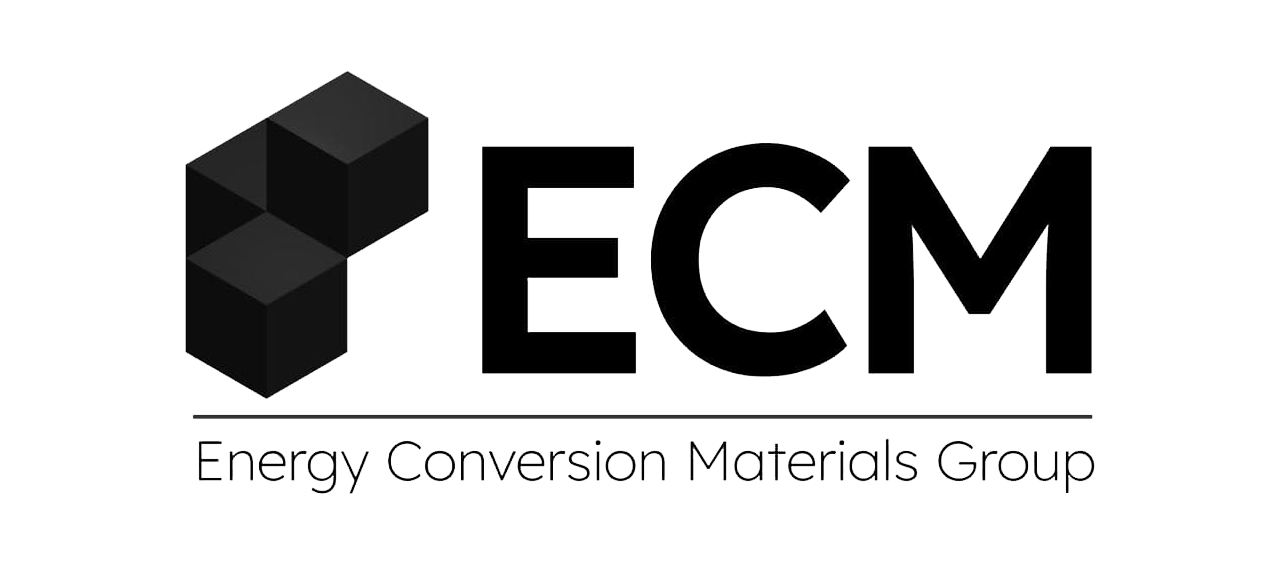Synthesis of materials
Synthesis (from high purity elements in a form of powders or ingots)
The reactants for the synthesis of most of the materials we obtain are high purity elements in the form of pieces, chips or powders. Due to the susceptibility of most of the reagents to oxidation, the steps of weighing, mixing, grinding and filling of quartz ampoules are carried out in a glove box ensuring an oxygen-free Ar atmosphere. The synthesis of the majority of materials is carried out by means of a high temperature reaction through a series of steps of annealing a stoichiometric mixture of reagents in quartz ampoules sealed under vacuum, during which chemical reactions and material homogenization processes take place, by means of solid phase reactions, liquid or gas phase reactions, diffusion, remelting and crystallization.
Fig. 1. Example diagram of CoSb3 synthesis.
These steps are usually carried out in electric resistance furnaces having the possibility of rocking, which allows for better mixing of the reactants, especially if a liquid phase appears during the synthesis. For some compounds, the synthesis step is carried out in induction or arc furnaces, in FAST/SPS apparatus or by hydrothermal synthesis. The ingots obtained after these stages are then ground to powder in agate mortars. The powders prepared in this way are consolidated using the Field Assisted Sintering / Spark Plasma Sintering (FAST/SPS) method, resulting in dense polycrystalline pellets.

